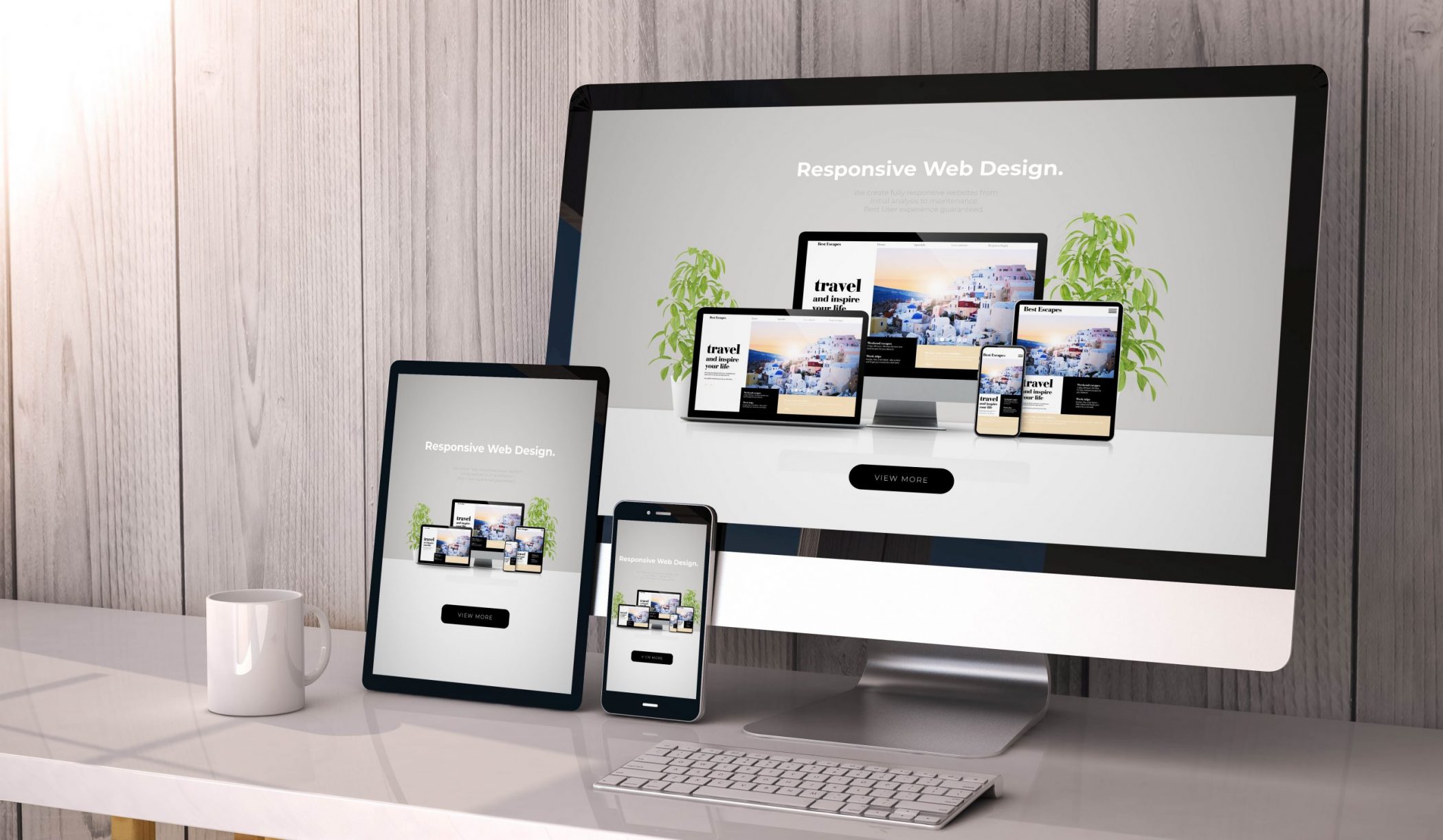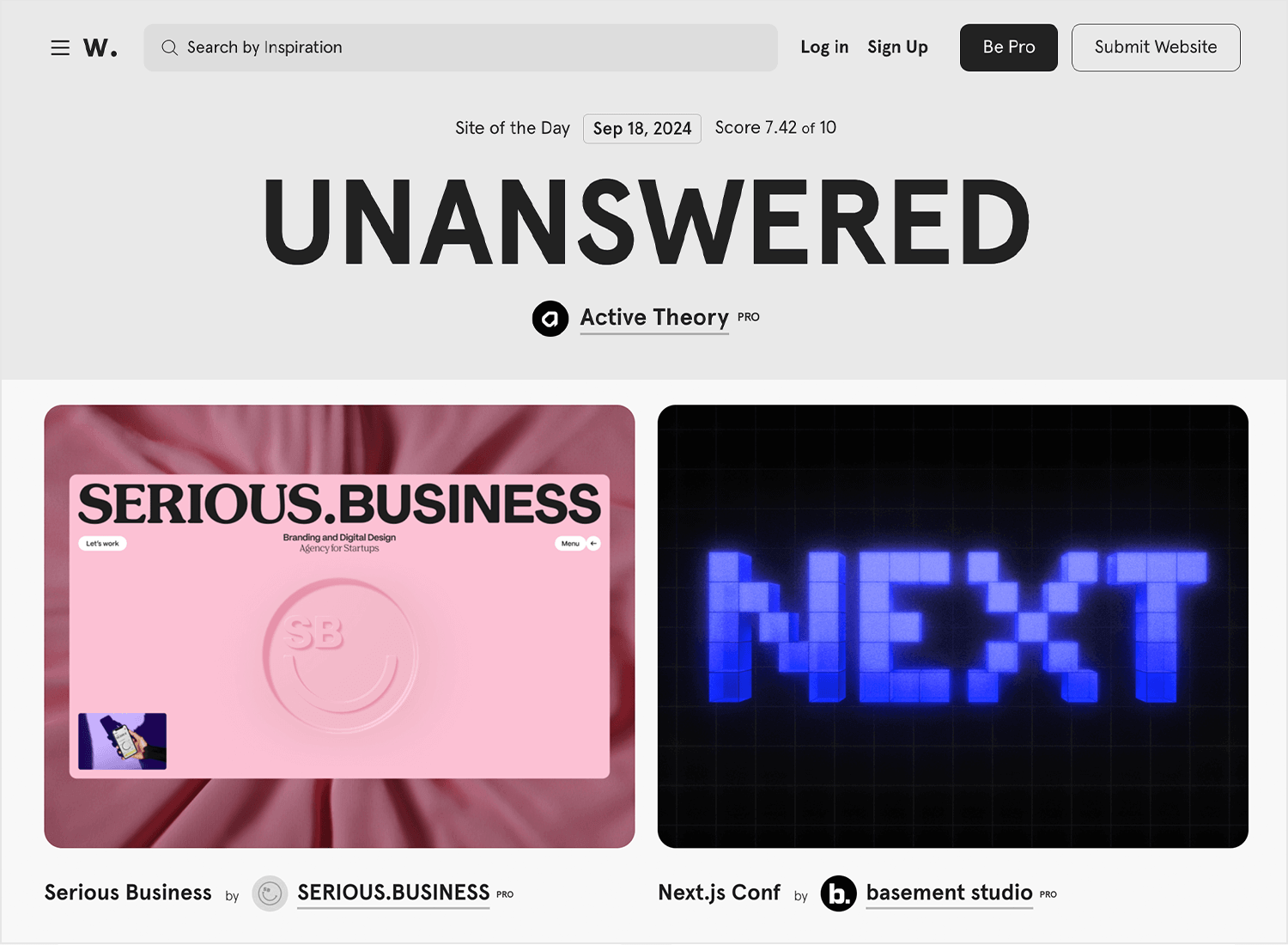Exactly How Reliable Web Style Can Increase Individual Experience and Conversions
In the increasingly competitive digital landscape, efficient internet layout plays a pivotal role in enhancing user experience and driving conversions. By concentrating on user-centric principles, such as clear material pecking orders and instinctive navigating, companies can produce appealing systems that not just attract visitors yet likewise promote smooth communications. As we discover the vital components that add to effective internet layout, it comes to be noticeable that the effect on customer complete satisfaction and conversion rates is profound. Understanding these characteristics might reveal approaches that can change exactly how individuals engage with your website.
Significance of User-Centric Layout
In the world of website design, focusing on user-centric style is critical for creating reliable digital experiences. This approach concentrates on comprehending the needs, choices, and habits of customers, making sure that digital interfaces are available and instinctive (Web design). By integrating customer comments right into the style procedure, web developers can craft experiences that resonate with their target market, ultimately bring about boosted engagement and complete satisfaction
User-centric design stresses functionality, which is important for retaining individuals and lessening bounce prices. When customers can browse a web site effortlessly, they are more probable to explore its web content and convert into clients. Additionally, a user-centered strategy fosters depend on and reputation, as users feel that their demands are valued and addressed. This not just boosts their experience but also motivates brand name commitment.

Trick Components of Effective Layout
Effective layout functions as the backbone of user-centric internet layout, converting user requires right into aesthetic frameworks that assist in communication. A well-organized layout prioritizes material with a clear pecking order, leading customers' eyes to essential information initially. This hierarchy is often developed making use of color, spacing, and dimension, making certain that critical elements attract attention.
Another crucial element is using whitespace, which protects against congestion and improves readability. Web design. Whitespace allows components to take a breath, making the general style appear cleaner and easier to navigate. In addition, uniformity in style aspects, such as colors and typefaces, fosters knowledge and depend on, allowing customers to browse the site with higher ease
Grid systems can additionally be vital, offering a structure that lines up web content rationally and aesthetically. This placement improves the customer experience by producing a structured aesthetic circulation. Versatility in format-- like responsive style-- makes certain that sites do well across different gadgets, providing to diverse user choices.
Ultimately, an efficient format not only captivates customers however also urges them to engage even more deeply, inevitably driving conversions and meeting business objectives. By focusing on these crucial elements, designers can create designs that resonate with customers and improve their overall experience.
Navigational Ideal Practices
User-friendly and clear navigation is crucial for enhancing user experience on a site. A well-structured navigating system allows customers to discover details quickly, which directly impacts their fulfillment and chance of conversion - Web design. Implementing a hierarchical framework is essential; utilize categories and subcategories that logically group related content, making it simpler for site visitors to check out
Uniformity in navigating elements is additionally important. Guarantee that switches, web links, and food selections preserve harmony stylishly, color, and placement across all pages, supplying customers with a familiar framework as they browse. Additionally, use descriptive tags for navigating products. Rather than common terms, select clear labels that accurately show the material, assisting users in making notified decisions.

Mobile Responsiveness and Availability

Access, on the various other hand, concentrates on making internet sites functional for people with specials needs. This includes sticking to guidelines such as the Internet Content Availability Guidelines (WCAG), which attend to issues like shade contrast, message dimension, and key-board navigation. By applying these standards, internet designers can develop inclusive experiences that deal with a wider target market, thus enhancing individual engagement and complete satisfaction.
In addition, mobile responsiveness and access not only boost user experience yet likewise positively effect internet search engine rankings. Online search engine focus on obtainable and mobile-friendly websites, making them most likely to appear in pertinent search results. Spending in these elements of web style not just satisfies individual requirements however likewise contributes to overall company success through increased visibility and improved conversion rates.
Measuring Success Via Analytics
Tracking customer communications and habits with analytics is crucial for assessing the success of a website. By leveraging devices such as Google Analytics, businesses can collect crucial data that reveals exactly how individuals engage with reference their website. Metrics such as bounce prices, average session period, and conversion prices provide understandings right into user habits and can highlight locations for improvement.
Recognizing user demographics and traffic sources better improves an internet site's efficiency. This data enables internet developers to tailor material and style aspects to much better fulfill the demands of their target market. Additionally, tracking specific user journeys helps recognize possible bottlenecks in the conversion funnel, enabling services to optimize their website design accordingly.
Frequently reviewing this analytics information is vital for constant improvement. A/B screening various style components can supply concrete evidence of what reverberates with users, permitting for notified decisions based upon real-world performance. Inevitably, measuring success through analytics not just boosts individual experience but additionally drives conversions, ensuring that website design initiatives align with organization goals. In an electronic landscape where competition is tough, taking advantage of the power of analytics is essential to maintaining a user-friendly and successful web site.
Conclusion
In final thought, reliable website design plays a crucial role in enhancing customer experience and driving conversions. By prioritizing user-centric concepts, carrying out crucial layout aspects, and making certain instinctive navigating, websites can involve a varied target market. Mobile responsiveness and access more add to a smooth communication for all customers. Eventually, determining success with analytics permits constant enhancement, guaranteeing that design techniques stay lined up with individual requirements, consequently cultivating organization development and success.
In the progressively competitive digital landscape, effective web layout plays a crucial function in improving user experience and driving conversions. By incorporating individual responses into the design process, web developers can craft experiences that resonate with their target audience, eventually leading to enhanced involvement and contentment.
Eventually, the significance of user-centric layout exists in its ability to develop significant communications that drive conversions and foster long-lasting partnerships with users, making it an essential part of successful web layout approaches.
Ultimately, determining success via analytics not just enhances individual experience yet also drives conversions, making certain that web style initiatives align with company purposes.In conclusion, efficient internet layout plays a critical duty in boosting user experience and driving conversions.